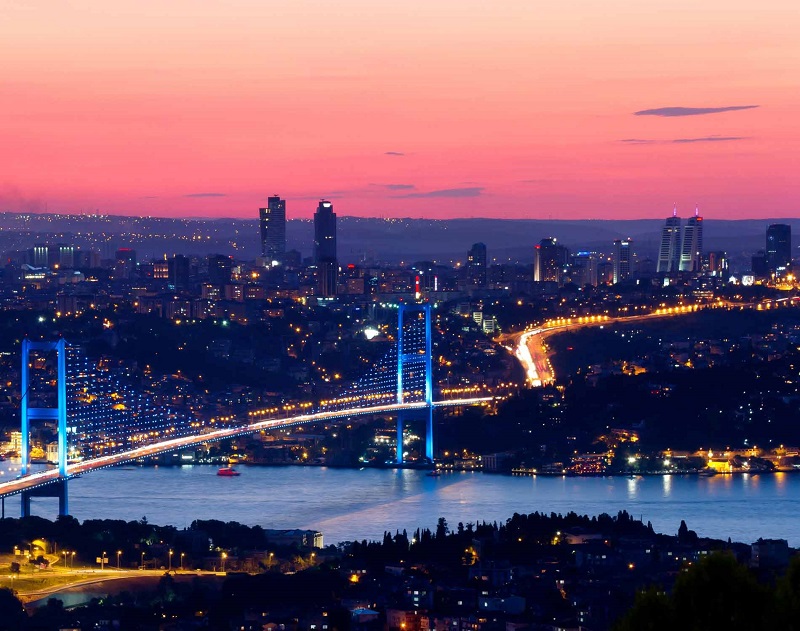What Can I Do in Istanbul in 2 days
Istanbul is a city with a rich history and culture, and there are many things to see and do in just two days.
Here is a suggested itinerary for a quick trip to the city:
Day 1
- Start your day with a visit to the Hagia Sophia, one of the most iconic landmarks in Istanbul. This former Byzantine church and Ottoman mosque is now a museum, and it is a must-see for any visitor to the city.
Next, head to the Topkapı Palace, which was the seat of the Ottoman Empire for over 400 years. Explore the palace’s vast grounds, which are home to many beautiful mosques, museums, and gardens.
In the afternoon, take a walk through the Grand Bazaar, one of the largest and oldest covered markets in the world. Here you can find everything from souvenirs to spices to carpets.
- In the evening, enjoy a traditional Turkish dinner at a local restaurant. Be sure to try some of the city’s famous kebabs and baklava.
Day 2
- Start your day with a visit to the Blue Mosque, another one of Istanbul’s most famous landmarks. This mosque is known for its beautiful blue tiles, which cover the interior walls.
- Next, take a walk through the Golden Horn, a natural inlet that divides the city into two parts. You can explore the area on foot, by boat, or by taking a cable car.
In the afternoon, visit the Basilica Cistern, a vast underground cistern that was built in the 6th century.
In the evening, enjoy a ferry ride along the Bosphorus Strait, which separates Europe from Asia. This is a great way to see the city from a different perspective.
Of course, this is just a suggested itinerary. Here are a few other things you might want to consider adding to your trip:
- Visit the Galata Tower, a 600-year-old tower that offers panoramic views of the city.
Explore the Spice Bazaar, a smaller but still vibrant market that is known for its spices, nuts, and dried fruits.
- Take a day trip to one of Istanbul’s many historical sites, such as the Princes’ Islands, the ancient city of Troy, or the ruins of Ephesus.
- Attend a performance of traditional Turkish music or dance.
No matter what you choose to do, you’re sure to have a memorable time in Istanbul.
What can I do in Istanbul in 2 days

Comment (0)